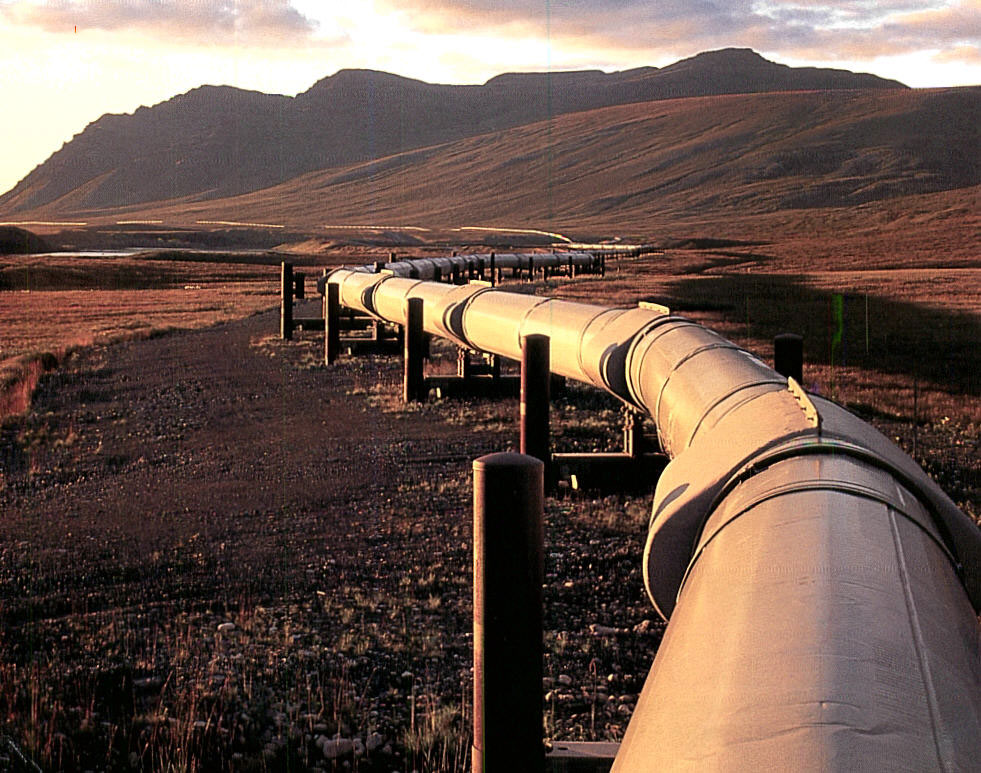
Turkey-Greece-Italy Interconnector: South Stream’s Latest Avatar? (Part Three)
Publication: Eurasia Daily Monitor Volume: 13 Issue: 47
By:

*To read Part One, please click here.
*To read Part Two, please click here.
The Interconnector Turkey–Greece–Italy (ITGI-Poseidon) was one of several rival projects competing to launch the European Union–backed Southern Gas Corridor to Europe with Azerbaijani natural gas. The ITGI was the weakest contestant and was shelved in 2012, yielding to the Nabucco project, which, in turn, yielded to the Trans-Adriatic Pipeline project (TAP, running mostly through the same geography as ITGI). TAP, in turn, could start thanks to Azerbaijan’s Trans-Anatolia Pipeline (TANAP) project within the Southern Corridor (see “Azerbaijan and the Southern Gas Corridor to Europe,” The Jamestown Foundation, September 2013; Azerbaijan and the New Energy Geopolitics of Southeastern Europe, The Jamestown Foundation, June 2015).
ITGI-Poseidon remains a gas transit project without gas. Its partners, Italian Edison and Greek DEPA/DESFA, form a transportation consortium bereft of a gas-production company. Russia’s proposal to integrate ITGI into a new version of Gazprom’s South Stream project—however hypothetical—corresponds with the interests of ITGI’s Italian and Greek companies and the two countries’ governments. They all share ambitions to become major players in the international gas transit business (see EDM, March 3, 4, 8).
Following Russia’s suspension of South Stream, DEPA/DESFA pinned hopes on Moscow’s fallback option, Turkish Stream, to link up with ITGI in Turkey. A Russian investment decision on Turkish Stream and transit commitment to ITGI, it is hoped, might trigger an investment decision to build the ITGI-Poseidon pipeline to Italy, where the import commitment exists (Natural Gas Europe, January 27; Depa.gr, accessed March 8).
Greece (irrespective of the government’s colors) also looks expectantly at Eastern Mediterranean, Middle Eastern or any sources of gas that might activate the ITGI project and even expand its capacity. The project’s current parameters, however, look basically the same as those before 2012, when ITGI-Poseidon had lost the contest over Azerbaijani gas. The project envisages building a 600-kilometer pipeline across northern Greece, from Komotini, near the Turkish border, to Igoumenitsa, on the Ionian Sea, continuing with a 200-kilometer pipeline on the seabed to Italy, with a capacity of up to 12 billion cubic meters (bcm) per year from end to end of the system. The cost estimates, €600 million ($660 million) for the overland section and €500 million ($550 million) for the seabed section, look the same as the pre-2012 cost estimates. A hypothetical agreement between ITGI-Poseidon and Gazprom, however, could well change those parameters (Igi-poseidon.com, Edison.it, accessed March 8).
With ITGI-Poseidon idled, Greece does support the winning project, the Trans-Adriatic Pipeline, for transportation of Azerbaijani gas via Greece and Albania to Italy. However, Greece continues to view ITGI-Poseidon as far preferable to Greek interests because: a) ITGI includes the Greek government-controlled DEPA/DESFA as a part-owner, b) it does not go through Albania, and c) it can serve eventually to carry Eastern Mediterranean gas through the jointly owned Greek-Italian pipeline to Italy, although the option now under discussion is that with Gazprom.
For the Italian partner, Edison, this could bring a vertically integrated arrangement to supply its electrical power plants in Italy with gas through a partly-owned pipeline. Beyond this, Edison’s parent company Électricité de France (holding 99 percent of Edison’s shares) was a stakeholder in South Stream until recently and counting on gas volumes from that source. Gazprom’s proposal to link up with ITGI would seem to open those elusive prospects.
Italy’s interest in ITGI-Poseidon reflects a national policy to turn the peninsula into a major gas transit corridor from the Mediterranean basin into Central Europe. Azerbaijani gas volumes entering Italy through the Southern Corridor’s TAP pipeline would meet that Italian interest, as do the larger volumes of pipeline and liquefied gas already reaching Italy from Africa and the Middle East (quite apart from Russian gas entering northern Italy via Austria). While the Italian gas market is oversaturated and highly diversified, ITGI-Poseidon proposes to “create availability of excess [sic] gas, contributing to the export capacity of Italy toward Central Europe” (Desfa.gr, Edison.it, accessed March 8).
The Italian government regards TAP as more promising than ITGI, since TAP brings new gas from a new source to Italy. Following Gazprom’s proposal to ITGI’s Italian and Greek owners, the Italian embassy in Baku clarified in a statement that the Italian government is committed to supporting the Southern Gas Corridor, “the only real project” (Trend, March 4).
The European Commission’s immediate priority is to open the Southern Corridor to Europe with Azerbaijani gas. Phase Two of development at the Shah Deniz project is scheduled to increase that field’s production by 16 bcm per year, including 6 bcm reserved for Turkey and 10 bcm for markets along the route to Italy. Phase Two of Shah Deniz production is expected to come on stream commercially in 2018, TANAP to start operating in that same year, the first gas supplies to reach Turkey by 2019 and markets further downstream to Italy by 2020 (1News.Az, March 3).




